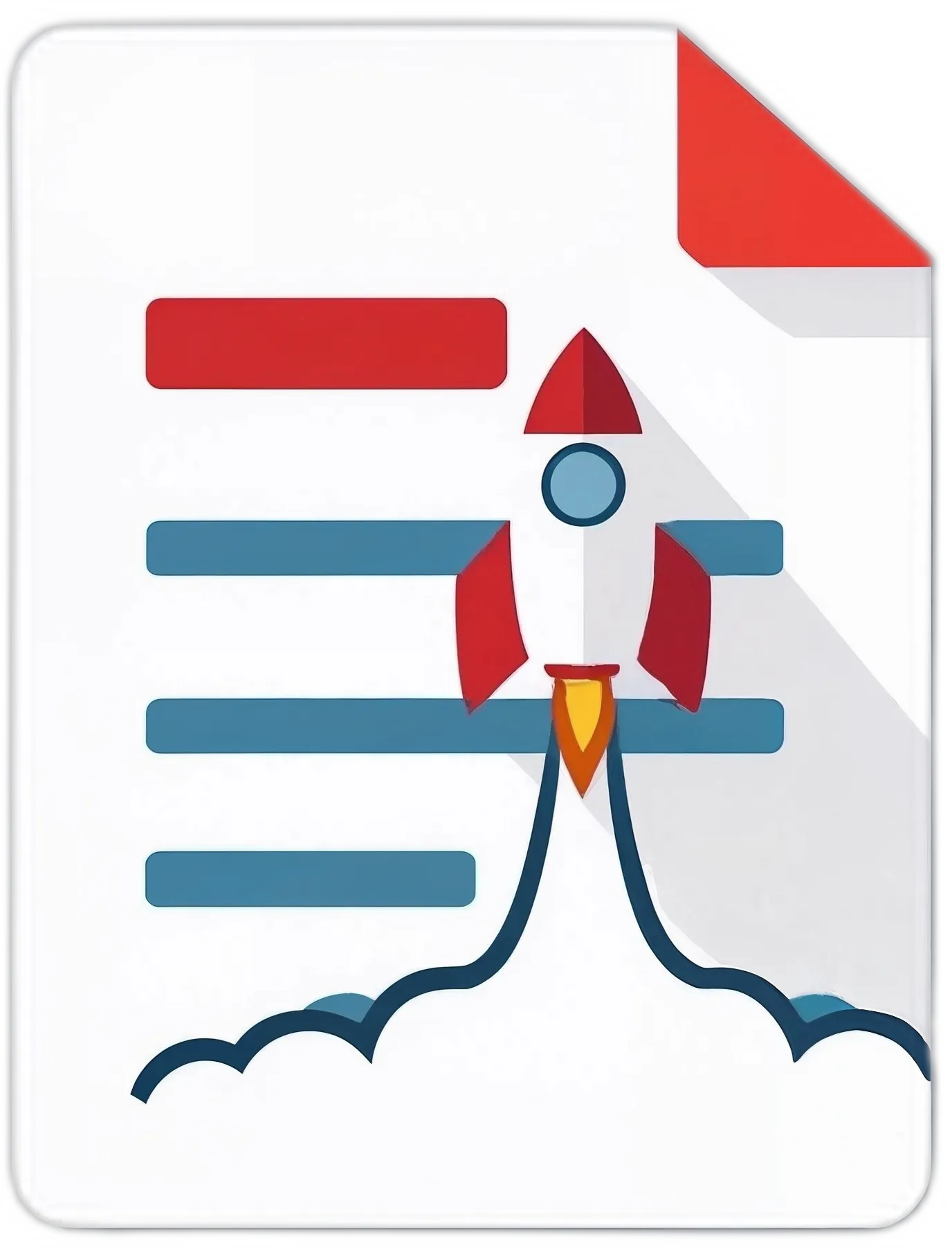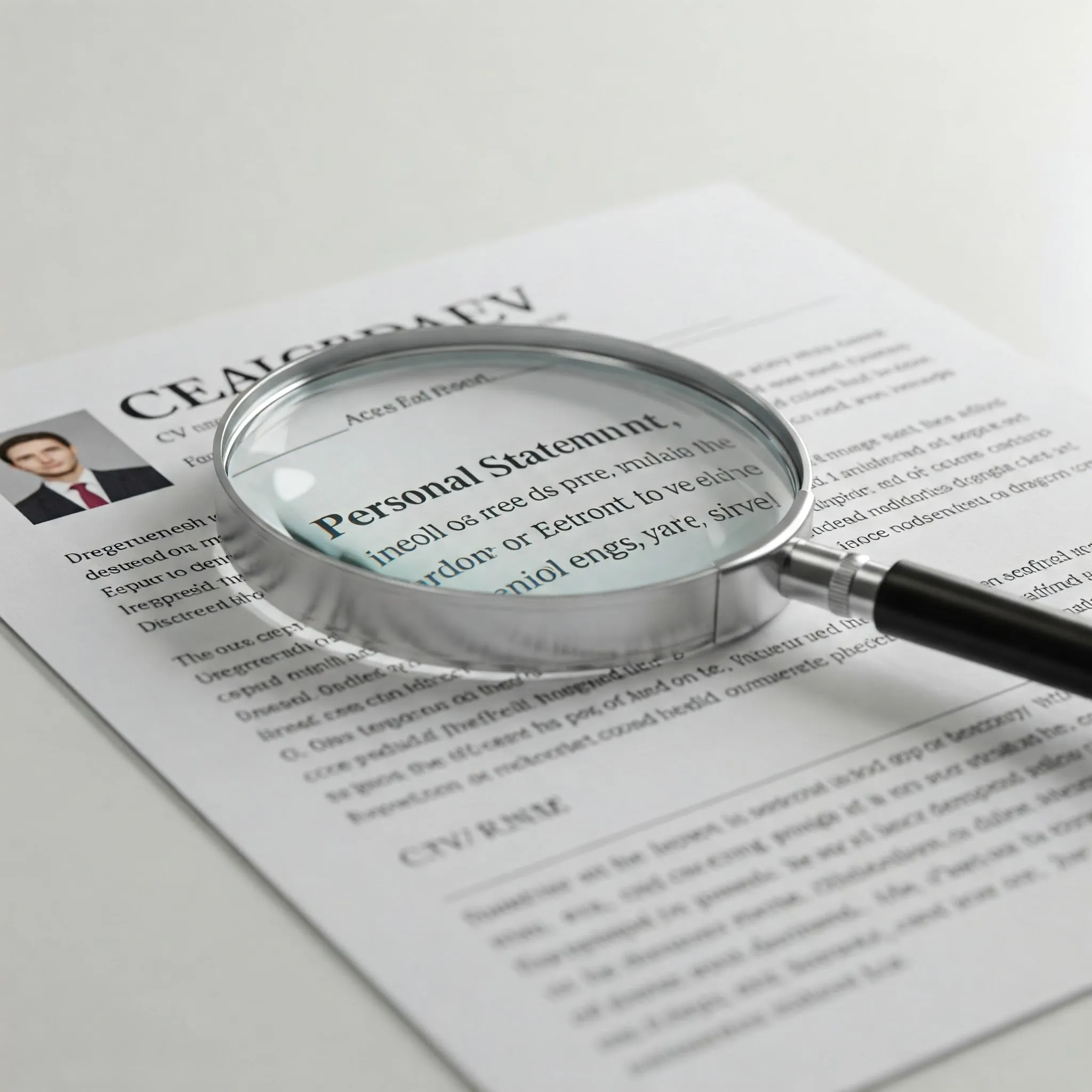How to Align Your CV with Job Descriptions Using Career Match Ratings

Step 1: Examine The Job Description
Prior to updating your resume, it is vital to outline the prerequisites. Search for the job description on the company's website or sites like Indeed and LinkedIn. Take time to print or copy it to a document so that you can highlight important sections.
Look out for particular skills, qualifications, and responsibilities. "Proficiency in JavaScript” and "experience in managing cross-functional teams” are examples of hard requirements. Also, look for soft skills such as "strong communicator” and "works well under pressure.” There are even less important requirements, like "familiar with agile methodology" which can work in your favor if you can prove them.
Once, I went for an interview for a project manager position that strongly stressed "budget management.” For a second I panicked, only to realize I had indeed managed budgets. That is the type of detail that could get you into trouble and should be managed ahead of time. Spend time on this step as it creates the strategic groundwork for customizing your resume.
Step 2: Recognize Your Skills and Experience
Now is the best time to check your background against the job description. Get a notepad or create a new document and list all the advantages you provide. Add past positions, ongoing and completed projects, school education, licenses, even volunteering-be generous.
For example, if a job description asks for "data analysis” and you have used Excel for sales monitoring, that works. If it highlights "teamwork" remember times you have interacted with people like when you helped plan a company event. There was a time I ignored a freelance job because I thought the software the client wanted was not relevant. It was only at this stage that its relevance became obvious. Whatever skills you have should always be set against the requirements of the role in question. Don't panic if you don't meet all the criteria though; we will tackle shortfalls later on. For now, let's build on your existing resources.
Step 4: Add Keywords and Customized Details into the Resume
Now that you have gathered all the skills and experiences, it is time to update your resume. Make sure to add keywords and phrases from the job description; this can be helpful in getting past automated systems. However, do not use them forcefully; make it relevant to your personal narrative.
Changes should be made in your summary at the top. If the role involves "project management” make sure you reflect that in your summary. For example" I used to say ‘professional' and change it into ‘Experienced project manager skilled in leading teams to deliver on time and within budget'.”
That might appear as if it is only a small edit, but it is designed to better fit the description of the job.
Then update your experience section. For every position held, emphasize the tasks and responsibilities that are most relevant to the job you are targeting. If the job calls for "budget management” and you have experience with that, include a bullet such as, "Financial planning for projects was carried out with cost savings being achieved.” Remember, results add value to your experience.
Also, remember to check your skills section. Include all technical and soft skills, such as "JavaScript” or "critical thinking" even if you think they do not represent you. If you lack a skill, consider framing it in another way. For instance, if the requirement is "Agile methodology” but you have experience with Scrum, then put that down.
Step 4: Highlight Achievements with Measurable Results
As you revise your resume, keep in mind that most hiring managers value measurable results since they act as proof that you can deliver on your promises. Focus on measurable achievements that align with the job description and build your case and strengthen your resume.
Identifying the clues through the job posting is extremely important as they contain a lot of relevant information needed for crafting your resume. For instance, if it emphasizes ‘increasing sales' and you have done so, add "Increased sales by 20% through strategic marketing initiatives.” If they prefer "process enhancements" try, "Improved workflows to reduce project completion time by 10%.” One time I applied for a position that expected ‘improvements to client satisfaction.' After some introspection, I was able to add, "Achieved a 15% increase in client satisfaction scores through proactive engagement.”
If you do not possess exact numbers, focus more on estimates or results. "Reduced customer complaints related to service protocols” still illustrates a positive impact. The most important point is to ensure your accomplishments are aligned with important aspects of the job so that your resume meets all the requirements.
Step 5. Fill Gaps Using the Broad Set of Skills, Knowledge, or Skills Outlined in the Job Description
It is not very common to perfectly meet the requirements set out in the job description, and that is absolutely fine. In case there is a unique skill or experience you lack, you can utilize a combination of skills that solve a problem and a commitment to learn.
Suppose the position needs "experience with Salesforce” but you've worked with HubSpot instead; make use of that. When I applied for a position that required ‘event planning experience,' I did not possess that skill professionally, but I had volunteered for organizing fundraisers. Therefore, I stated, ‘Fundraiser coordinator: Managed logistics for community fundraisers with over one hundred participants.' This highlights the necessary skills offered in an alternative perspective.
If you are unable to fill the gap with experience, offer your willingness to learn instead. In this case, you might consider adding "quick learner willing to master new tools to propel results” in your resume summary. One simple online course to learn the basics can be greatly appreciated by the hiring manager, and it can help boost your self-esteem as well.
Step 6: Optimize for Automated Filters
The modern job application process has become digitalized, meaning CVs are first cross-checked by programs called ATS systems before actual recruiters. They look for specific phrases, structure, and relevance so your document has to be refined for best results.
First, ensure to include exact wording from the job advertisement-for example, if it says "Python coding proficiency" do not change it to "skills in coding Python”, rather use "Python coding proficiency”. From my experience, getting cut out for saying "team management” instead of "management of teams” taught me a lot.
Second, pay attention to the order and type of text used: avoid headers, section dividers, and signature fonts. ATS systems tend to take headers and footers the wrong way, misinterpreting them fundamentally. It is best to use Arial or Times New Roman, plus use basic subdivisions "Experience” or "Skills.”
Finally, unless stated otherwise, save it as a PDF. This prevents any changes to the document's structure after it's been scanned. To make it past the ATS systems, your CV has to contain the proper phrasing and keywords.
Step 7: Review Your CV and Edit It as Necessary
Once you have customized your resume, review it one more time. Make sure that the job description's critical details are tackled and weave them into your resume. Reading your resume out loud may help when hearing the words will highlight stir errors in your resume. I once had a hazy bullet point "Managed Projects” and when I read my resume out loud, I managed to convert it to "Oversaw 10+ projects, ensuring on-time delivery.”
Identify typos and grammatical errors. These could be detrimental to your efforts. Consider asking a friend or a mentor as they could provide insights you might have overlooked like a missing credential. A friend of mine was able to tell me about an important credential I accidentally left off a job application.
Be specific, if you have less than ten years of experience, keep it to one page and two pages if you have more. Remove any irrelevant information that does not help with the job to stay focused.
Step 8: Align Your Resume With The Job Description
Ensure align your resume with the job posting before submitting it for consideration. You should check it against the job description. Make sure to highlight words and skill that are in the posting and check it against your resume. If they are looking for "customer service" make sure it appears in your work experience or skills section.
If you're the hiring manager, do you see the value the resume provides for the role? If it isn't clear, change it. One time I noticed a job posting that wanted "training experience.” I only referenced "mentoring” in the context of training. So I rephrased it to "Trained new hires on company processes" which made my experience with training unmistakable.
While having access to tools that simulate ATS scans, use them on your resume as these can show if it is adequately aligned with the position or requires more tweaks. This guarantees that you will be positively perceived.
Step 9: Tailoring a Complementary Cover Letter
Although resumes are highlighted during the application process, they can still be enhanced with a custom, attention-grabbing cover letter. Follow along with the same points listed in your skill section and keywords, but spin it differently. This proves that you care enough to tailor your application.
For instance, if someone mentions "problem solving" one could explain, "In my previous work experience, I managed to solve a major workflow problem for the company and cut the delays by 25%.” I once wrote a marketing cover letter where the employer underscored applicants needing "social media expertise.” I wrote, "Grew a company's Instagram following by 30% in six months" for them to see directly that I could meet their expectations.
Being concise to three, four paragraphs will do along with labeling it to the hiring manager when possible. Do not forget to add the job title along with the company name so that it doesn't sound general. Taking the time to perform these simple actions does make a difference.
Step 10: Monitoring Your Application's Progress and Following Up
Following submission, do not wait. Strategically follow up and keep track of your applications for organization purposes. For instance, make a spreadsheet listing: company, job title, date applied, and status (applied, interview scheduled).
Mark your calendars to follow up 1-2 weeks after and send a courteous email. *I wanted to follow up on my application for the Marketing Manager role. I am thrilled about the opportunity to contribute my skills to your team* should do the trick. In my experience, that helps get responses when applications could otherwise slip through the cracks.
Monitoring your progress does allow you to notice tracking does allow you to see trends. If you are receiving invitations to interview for positions where you highlighted particular skills on your resume, then you know to focus on those in your future applications. This helps refine your approach.
Additional Suggestions to Help with Your Job Search
These are the recommendations I have to help broaden the scope of your job search. To start, make sure to customize your resume for *each* job application-cookie-cutter resumes do not work. It's exhausting, but trust me, it helped to stop using a single-draft resume.
Another point is to adjust to different areas if applying internationally. Some countries prefer longer resumes filled with personal information, while some expect a brief one-page summary. For this one, find out what the standard is for the region you are targeting.
A third recommendation is to network with your applications. Start speaking to contacts within the company and even go to conferences. A referral can help accelerate the hiring process. A colleague recommended me for an interview after I applied, and that's how I got it.
In the end, it is equally important to remain upbeat. Searching for a job is like a long race - you work towards a goal without other distractions, but with each step you get closer to landing the ideal job. Keep at it!
Conclusion: Steer Your Job Search in the Right Direction
In the filter-and-catch environment of today's job market, customizing your resume to match specific job descriptions makes a notable difference. Trust me, automating systems will not be able to evade the gaze of optimally configured resumes, and neither will hiring managers! You go through this whole ten steps process - I assure you it will clear all filters.” I can personally vouch for this process as it has turned my job search from radio silence to getting flooded with interview opportunities.
Take control of your career prospects - don't let oversights impact your qualifications. You can start today by tailoring your resume. Have tips on how to customize a resume for a job description? Contact me - I would be eager to learn what has worked out for you!





